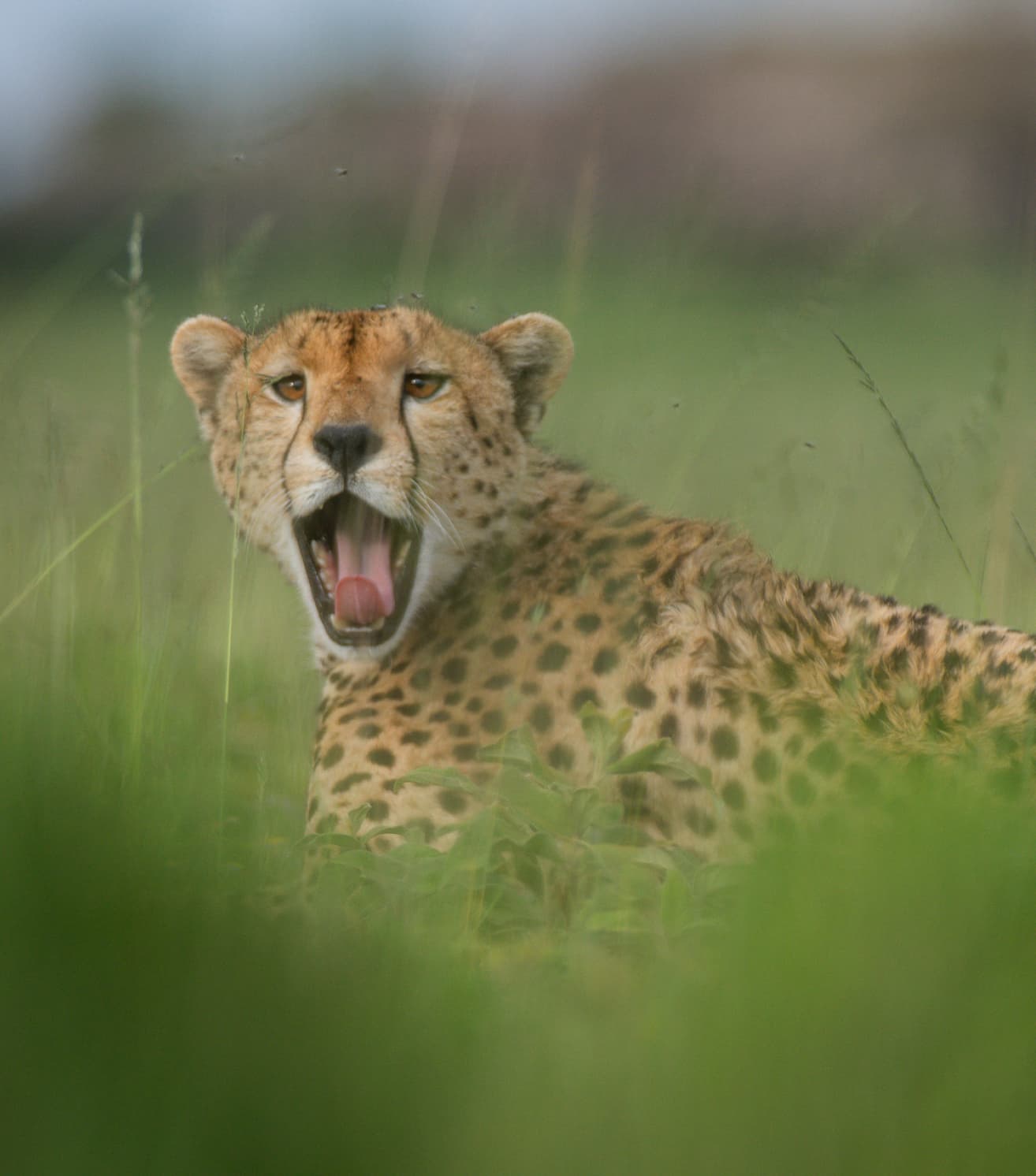

The Unsung Heroes of the Serengeti
Serengeti’s Hidden Champions
The Serengeti is one of the most famous wildlife reserves in the world; it’s justly renowned for its annual migration of wildebeest and other grazing animals, as well as the best place in Africa to view big cats in the wild, with a supporting cast of predators, antelopes, elephants, rhinos and hippos, crocodiles, ostriches and a plethora of colorful birds it’s rare that visitors look at the smaller organisms of this vibrant ecosystem.
However, many of these small and less noticeable species play a critical role in shaping the physical environment and creating habitats essential for other species’ survival. We call these species environmental architects. Some of the smaller environmental architects include:
The Micro Marvels, the Vital Role of Insects in the Serengeti Ecosystem
Insects are an incredibly diverse and abundant species in the Serengeti, but they are often overlooked because of their small size and inconspicuous nature. However, insects play a critical role in pollination, nutrient cycling, and decomposition and are essential to the health and functioning of the ecosystem. Their activity also creates microhabitats that provide shelter and resources for various other species. They are also important food sources for other species, including birds, reptiles, and small mammals.
Dung Beetles – Nature’s Nutrient Cyclers in the Serengeti

Dung beetles are a key species in the Serengeti ecosystem, and their importance cannot be overstated. These ecosystem engineers play a critical role in the cycling of nutrients and the maintenance of soil health. Dung beetles feed on animal dung and help break it into smaller particles. In the process, they bury the dung in the soil, which helps to fertilize the soil and promote plant growth. By removing dung from the ground’s surface, dung beetles also reduce the likelihood of disease transmission.
Architects of the Savannah, Builders of Biodiversity

Termites are also essential environmental architects in the Serengeti. They construct massive termite mounds that create microhabitats for various other species, including plants, insects, and small mammals. Important decomposers, Termites contribute to soil health and structure by breaking down dead plant material, recycling nutrients in the soil, and increasing nutrient availability. They also excrete nutrient-rich fecal pellets, which provide a valuable source of fertilizer for plants promoting plant growth.
Buzzing Biodiversity

Bees are essential in the Serengeti ecosystem as they are important pollinators for many flowering plants. In addition, the plants they pollinate serve as a food source for many herbivores. Without bees, many of these plants would not be pollinated, which could decrease the populations of the animals that depend on them. Bees contribute to maintaining biodiversity in the ecosystem by promoting genetic diversity through cross-pollination, which helps to increase the resilience of plant populations to environmental stresses such as drought and disease.
Rodents’ Underground Symphony: Aeration, Seed Dispersal, and More

Rodents are amongst the most abundant species in the Serengeti but are often overlooked because of their small size and inconspicuous nature. The African grass rat is probably the most abundant of the Serengeti’s rodents. Their grazing activities help to control the growth of grasses, which in turn helps to maintain the balance of the ecosystem. Rodents are also an important prey species for many predators in the ecosystem, including birds of prey, snakes, and small carnivores. In addition, they are important seed dispersers, feeding on the seeds of many plant species in the ecosystem and helping to spread them throughout the landscape. Finally, their burrowing activities help to aerate the soil and create habitats for other species.
The Intricate Dance of Life in the Serengeti Ecosystem
Numerous other animals and organisms, such as birds, reptiles, and even microbes, and a great host of plants and fungi play a critical role in maintaining the balance of the ecosystem. It is interesting to recognize the importance of these often-overlooked species in the Serengeti ecosystem and to understand the intricacies and interdependencies of all life in this incredible ecosystem.


Expect Abundance during the Green Season

Make Eco and Sustainable Safari Choices








